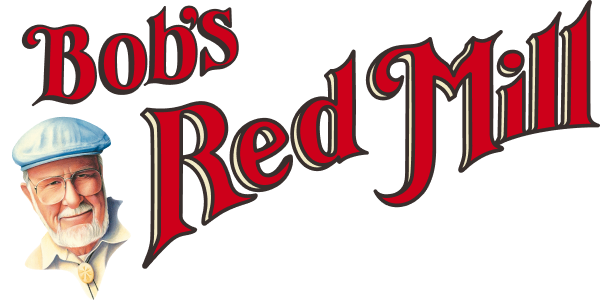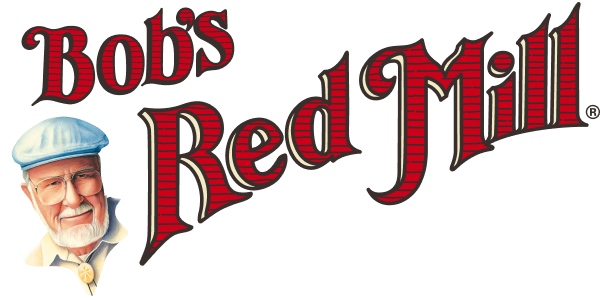


 Baking soda, or sodium bicarbonate, is one of the most commonly used leavening agents in baked goods. Baking soda is naturally found in crystalline form but when used for cooking, is ground to a fine powder. Baking soda is often used to leaven quick-bake items such as pancakes, muffins, scones, cakes, and even some fried foods.
Considering baking soda is a base, it will react with any acid it encounters. Due to the alkaline chemical compound of baking soda, when it is mixed with acid it will produce small gaseous carbon dioxide bubbles. When baking a cake, the acid comes in the form of vinegar, lemon, buttermilk, yogurt, cream of tartar, or even coffee. Moreover, in cake batter, once the baking soda has reacted with the acid, it is important to immediately put the batter in the oven because the air bubbles can be lost over time. However, when baking cookies, the acid that triggers the reaction with baking soda generally comes from dry ingredients such as brown sugar or cocoa powder. This is why cookie dough can keep much longer in the refrigerator. The chemical reaction does not effectively occur until the cookie dough is placed in the oven.
Aside from leavening, baking soda also increases the pH of the dough it is added to. This creates thickness, while weakening the gluten, to create tender baked goods. Compared to baking powder, baking soda is about four times as strong, and as such, recipes generally only call for a small amount. If too much baking soda is used, it can create a metallic aftertaste. Baking soda differs from yeast and baking powder, because it produces carbon dioxide gas (and loses it) quickly. Once exposed to heat, it will expand and become rigid. Baking powder or yeast is generally sought after in place of baking soda when a recipe calls for an extended chemical reaction (aka rising of dough) rather than a quick release.
Baking soda, or sodium bicarbonate, is one of the most commonly used leavening agents in baked goods. Baking soda is naturally found in crystalline form but when used for cooking, is ground to a fine powder. Baking soda is often used to leaven quick-bake items such as pancakes, muffins, scones, cakes, and even some fried foods.
Considering baking soda is a base, it will react with any acid it encounters. Due to the alkaline chemical compound of baking soda, when it is mixed with acid it will produce small gaseous carbon dioxide bubbles. When baking a cake, the acid comes in the form of vinegar, lemon, buttermilk, yogurt, cream of tartar, or even coffee. Moreover, in cake batter, once the baking soda has reacted with the acid, it is important to immediately put the batter in the oven because the air bubbles can be lost over time. However, when baking cookies, the acid that triggers the reaction with baking soda generally comes from dry ingredients such as brown sugar or cocoa powder. This is why cookie dough can keep much longer in the refrigerator. The chemical reaction does not effectively occur until the cookie dough is placed in the oven.
Aside from leavening, baking soda also increases the pH of the dough it is added to. This creates thickness, while weakening the gluten, to create tender baked goods. Compared to baking powder, baking soda is about four times as strong, and as such, recipes generally only call for a small amount. If too much baking soda is used, it can create a metallic aftertaste. Baking soda differs from yeast and baking powder, because it produces carbon dioxide gas (and loses it) quickly. Once exposed to heat, it will expand and become rigid. Baking powder or yeast is generally sought after in place of baking soda when a recipe calls for an extended chemical reaction (aka rising of dough) rather than a quick release.
 Yeast is made up of small, single-celled organisms that consume sugars and excrete carbon dioxide. Through this biological reaction, the leavening of dough occurs. Though yeast can be found either fresh or dried, when it is first purchased at the store, it is generally in a dormant state due to shelf stability. In order to activate dried yeast and have it wake up, it needs to be combined with (commonly) a warm liquid to hydrate it, and sugar, including honey, fruit juice, or plain table sugar, for it to feed on. As the yeast consumes the sugar, the CO2 and alcohol byproduct allows dough to rise and to develop gluten and flavor. When baking bread, yeast can help strengthen the elasticity of the dough (the gluten) resulting in a chewier and fluffier bread. Without gluten, the CO2 bubbles in bread would be lost, resulting in a much denser loaf. Whether in the form of active dry yeast or homemade starter, yeast is essential for bread to rise, not only because of the CO2 that is produced but also by way of alcohol. The alcohol evaporates as the bread bakes, which helps to strengthen and develop the gluten. The yeast also provides for the main underlying flavor of bread through the process of fermentation. The enzymes in the yeast break down the starch into a greater depth of flavor. Factors that set yeast apart from the other two leavening agents (baking powder and baking soda) include the increased time it takes for the leavening process to occur, the strengthening of gluten, and the biological reaction that occurs.
Yeast is made up of small, single-celled organisms that consume sugars and excrete carbon dioxide. Through this biological reaction, the leavening of dough occurs. Though yeast can be found either fresh or dried, when it is first purchased at the store, it is generally in a dormant state due to shelf stability. In order to activate dried yeast and have it wake up, it needs to be combined with (commonly) a warm liquid to hydrate it, and sugar, including honey, fruit juice, or plain table sugar, for it to feed on. As the yeast consumes the sugar, the CO2 and alcohol byproduct allows dough to rise and to develop gluten and flavor. When baking bread, yeast can help strengthen the elasticity of the dough (the gluten) resulting in a chewier and fluffier bread. Without gluten, the CO2 bubbles in bread would be lost, resulting in a much denser loaf. Whether in the form of active dry yeast or homemade starter, yeast is essential for bread to rise, not only because of the CO2 that is produced but also by way of alcohol. The alcohol evaporates as the bread bakes, which helps to strengthen and develop the gluten. The yeast also provides for the main underlying flavor of bread through the process of fermentation. The enzymes in the yeast break down the starch into a greater depth of flavor. Factors that set yeast apart from the other two leavening agents (baking powder and baking soda) include the increased time it takes for the leavening process to occur, the strengthening of gluten, and the biological reaction that occurs.